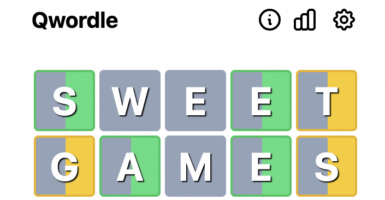Historical Photos That Shed Light On The Horrors Of The Early Days Of The Holocaust
While the horrors of the period known as the Third Reich have had world and history-changing implications for both Germany and the world entire since its rise in 1933 and fall in 1945, the most infamous among them is the massive, coordinated genocidal program now known as the Holocaust.
While the German regime at the time murdered a total of 11 million people in connection with the Holocaust, the fact that six million of them were Jewish speaks to the regime’s primary anti-Semitic motivation for carrying out the infamous campaign. However, there was a long period of ghettoization, fueled hatred, and smaller-scale attacks before the killings began in earnest. As we’re about to see, this period didn’t go undocumented either.
Public Displays Of Hatred

Even before German’s Weimar Republic transitioned into the Third Reich, National Socialists like these men would engage in public marches decrying what they perceived as Jewish world domination.
While this sign is in German, even those who don’t speak the language can tell from the image of a broom next to offensive Jewish caricatures what the messaging was. That rhetoric didn’t go unopposed but demonstrations like this are a sobering reminder of how popular it was.
Nervous Citizens Being Targeted
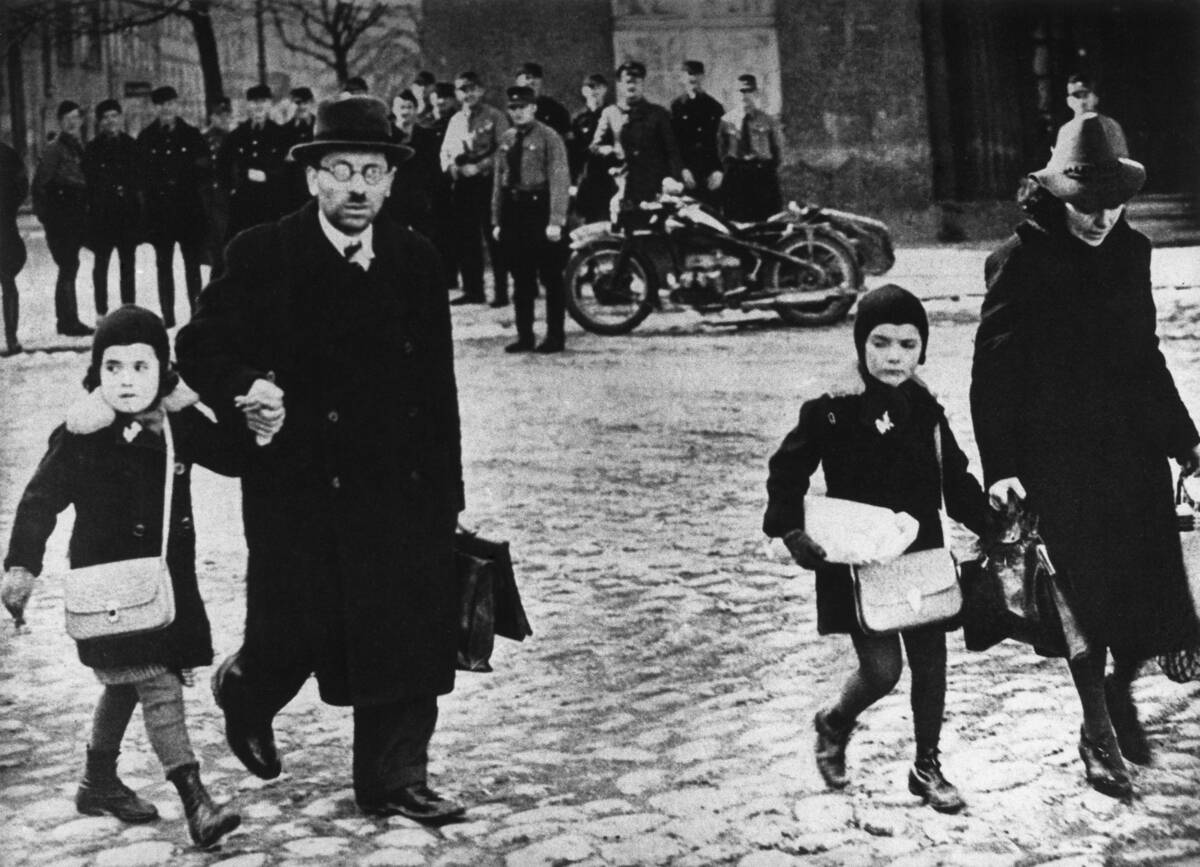
This photo comes from 1933, just as the Third Reich had come to power. Indeed, the regime’s victory emboldened people to openly denigrate Jewish citizens like this rightly nervous family more than ever.
Here, their anxious gait is a response to the insults being hurled at them from the group of brownshirts behind them. Their children are also wearing early examples of the mandated markers of Jewish ethnicity on their coats.
The First Concentration Camps Open
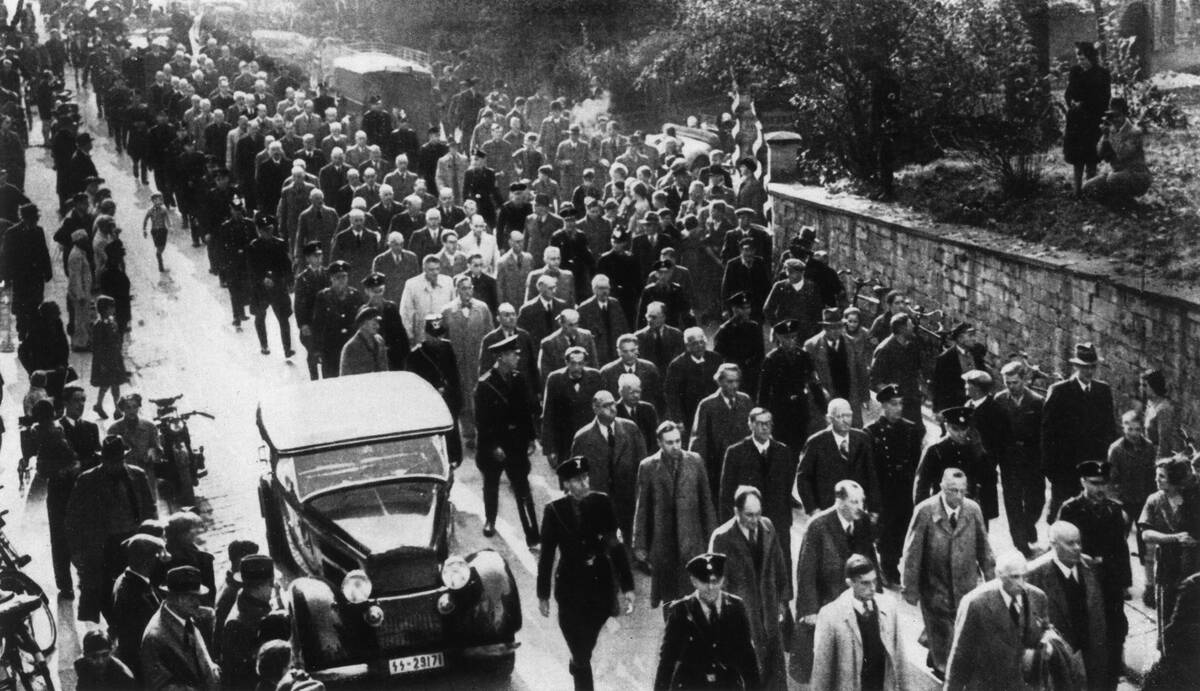
Although the use of Zyklon B to exterminate the victims of German concentration camps is the most infamous aspect of the Holocaust in common understandings of the period, this gas wasn’t tested on these populations until 1941.
Nonetheless, concentration camps and their forced-labor programs established as early as 1933, with Oranienburg, Dachau, Esterwegen, and Lichtenburg being some of the first established in Germany. They were run by the SS, who can be seen here escorting a large group of Jewish German nationals to one of the aforementioned locations.
Boycotting And Propaganda
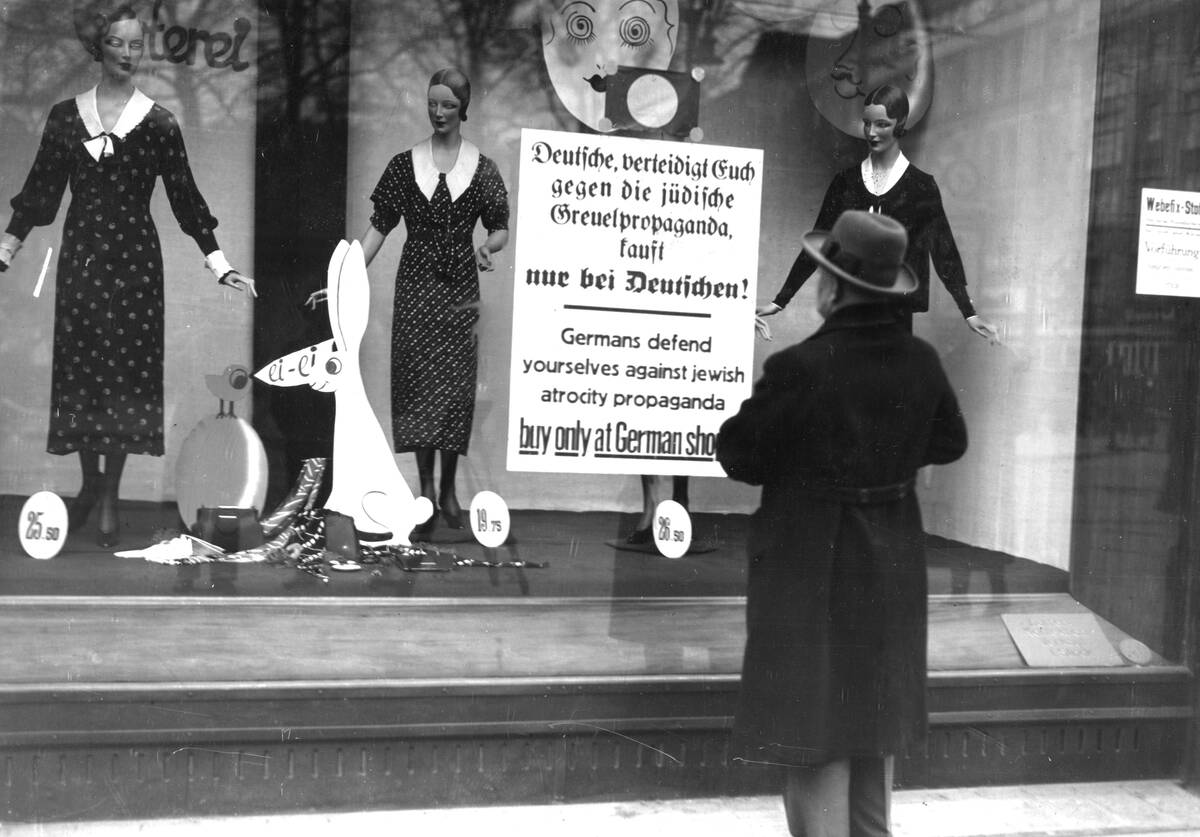
In a bitterly ironic move, German propaganda during this early period of discrimination against Germany’s Jewish population decried any counter-narrative to its statements as “Jewish atrocity propaganda.”
In this translated sign placed on a Jewish-owned clothing store, we can also see this rhetoric connected with a forceful statements to buy only wares from “German” stores. This would be the start of a ban on any cultural products or practices that weren’t considered sufficiently “German.”
A Long-Term Practice
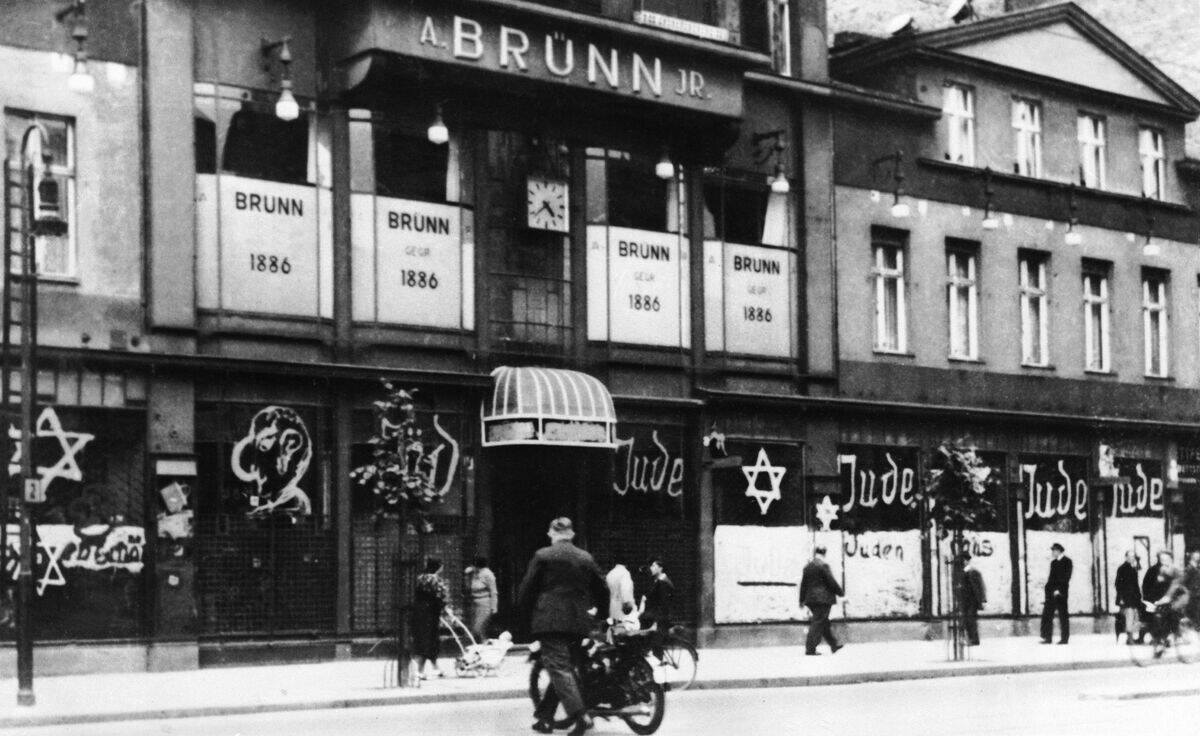
Although the standardized nature of the sign on the previous shop makes it look like official government material, it reflected a similar sentiment as this graffiti from 1930.
This business was owned by the Brunn family, and the iconography and “Jude” inscriptions painted on its windows indicated someone decrying the fact that the family was Jewish.
Some Saw The Reich’s Horrors Coming
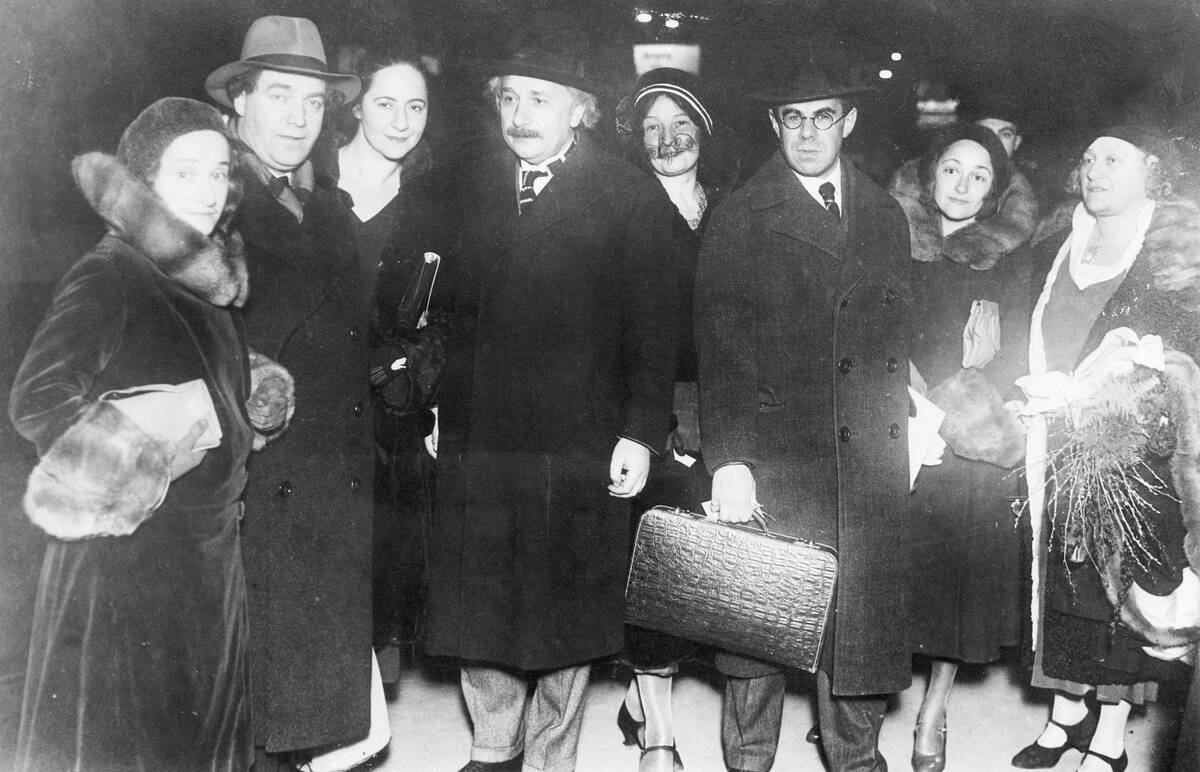
Many will likely recognize Albert Einstein in this photo taken on December 9, 1930. In it, the world-famous physicist and his family stand on a train station platform as they embark on the start of their journey that will eventually take them to the United States.
Although other Jewish residents in Germany and the other nations annexed by the Third Reich would have similar inclinations, many discovered to their horror that other nations would turn them away.
Riots Showed Jewish Residents What Was To Come
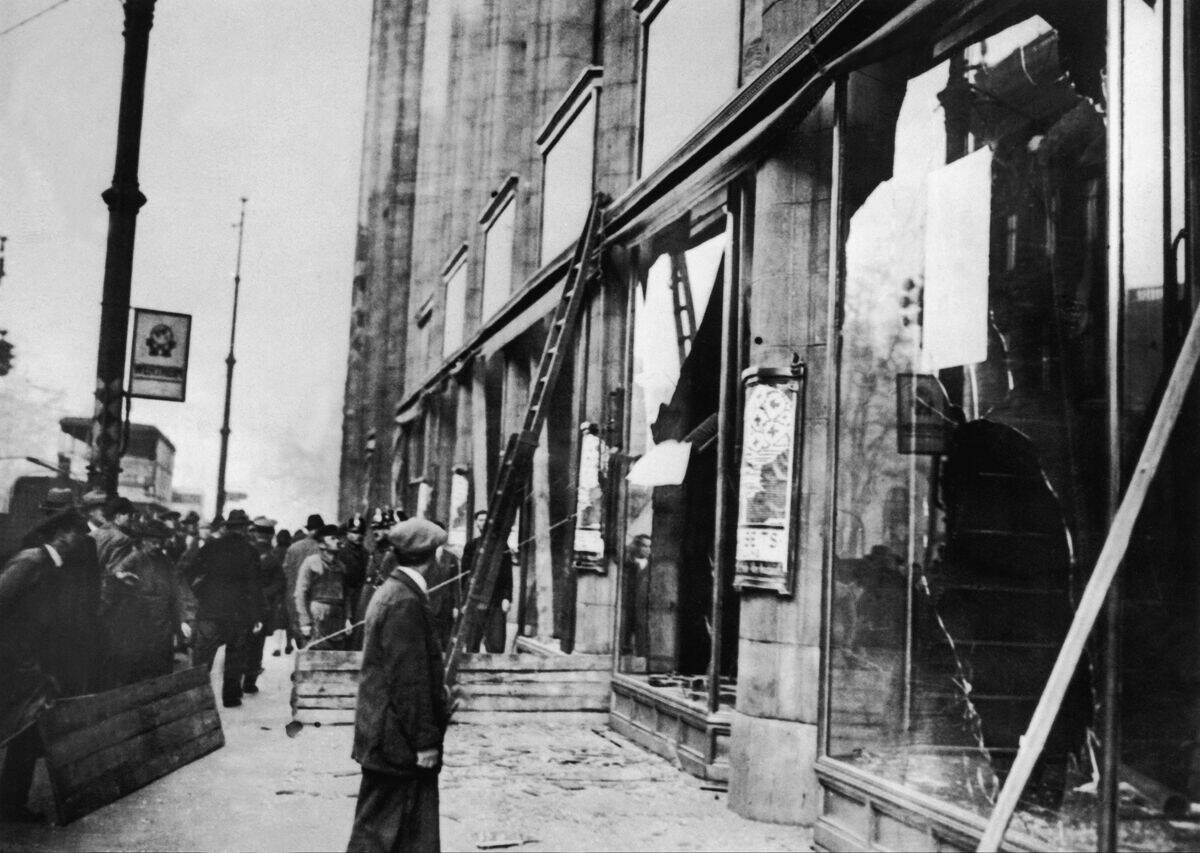
In addition to the widespread anti-Semitic messaging and ground gained by the National Socialists by 1930, another sign that likely compelled the Einsteins to leave concerned damage done to Jewish-owned businesses by nationalist rioters.
In this case, this photo captures a glazier preparing to replace the window of the prominent store Wurtheim, which was damaged by one of these riots in Berlin.
Indoctrinating The Nation’s Children
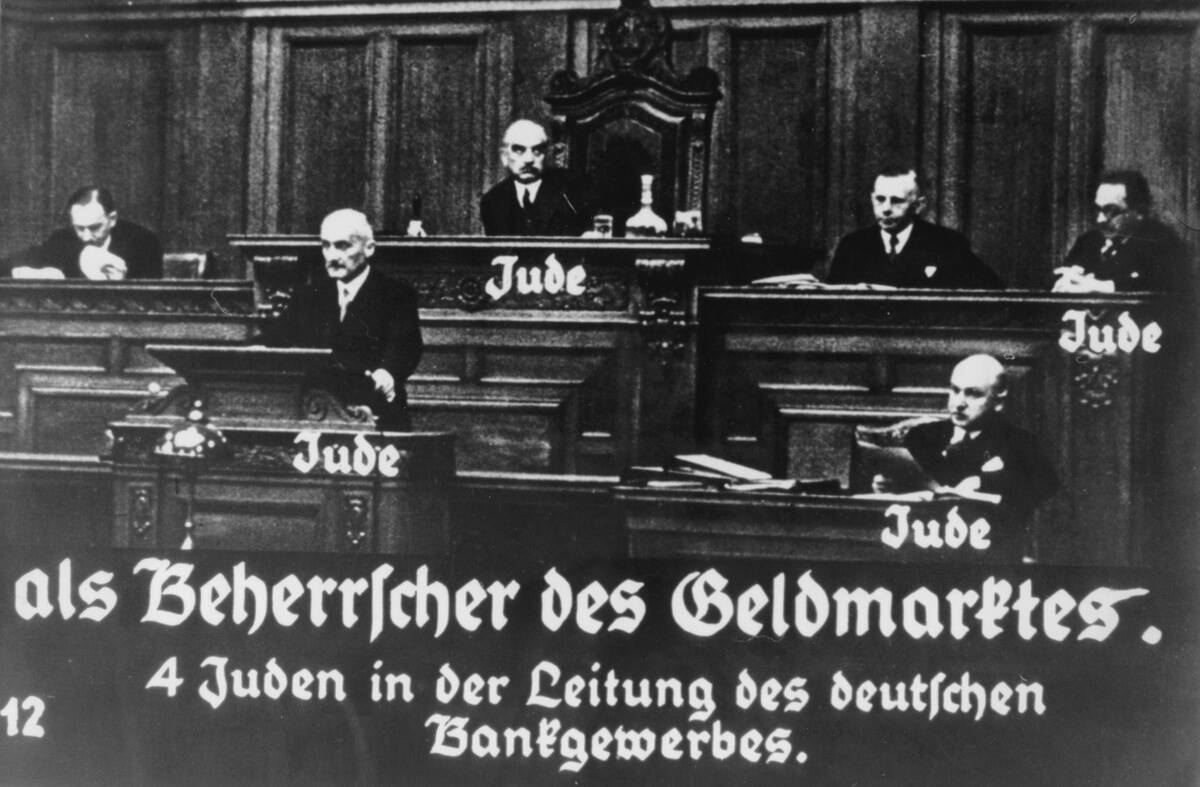
Between 1933 and 1939, there was a period of widespread discrimination against Germany’s Jewish population that preceded the government’s attempts to exterminate them. In addition to the boycotts, concentration camps, and public propaganda, there were special youth groups with programming intended to indoctrinate young minds into the Third Reich’s propaganda.
This one says “Germany overcomes Jewry” and is engaged in wild accusations of Jewish control of Germany’s banking industry, based on the assertions that four members of the board overseeing it — named Solssen, Fraenkel, Warburg and von Eichborn — were Jewish.
The First Prisoners At Dachau
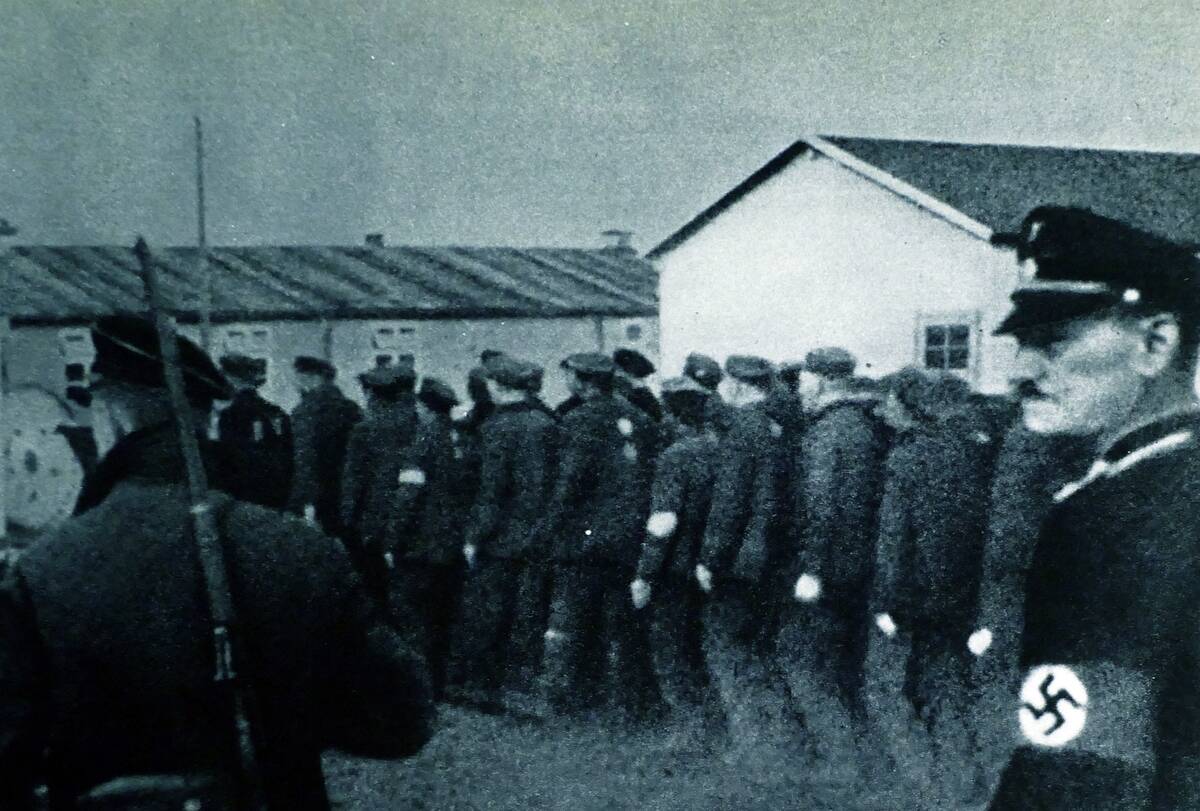
Officially, the Dachau concentration camp was intended to house political prisoners deemed threats to Germany’s national security. Although its purpose was explicitly expanded to house Jewish residents, these initial prisoners were likely profiled along similar lines.
Although the mass extermination programs didn’t begin until the ’40s, these concentration camps still had high mortality rates in the ’30s. That’s because the forced labor prisoners were subject to was conducted with no regard for their health or safety, making fatal disease outbreaks commonplace.
Humiliation Was Amusing For Their Oppressors

This photo was taken in 1933 and depicts a Jewish boy being forced to cut his father’s beard. Even without that explicit context, his anger and his father’s fear communicate the disturbing undertones of this photo.
Not only was this boy forced to publicly destroy an expression of his father’s faith but the mocking responses from the officers surrounding them made it clear how much sadistic pleasure they took in their power over him.
Harassment By Police
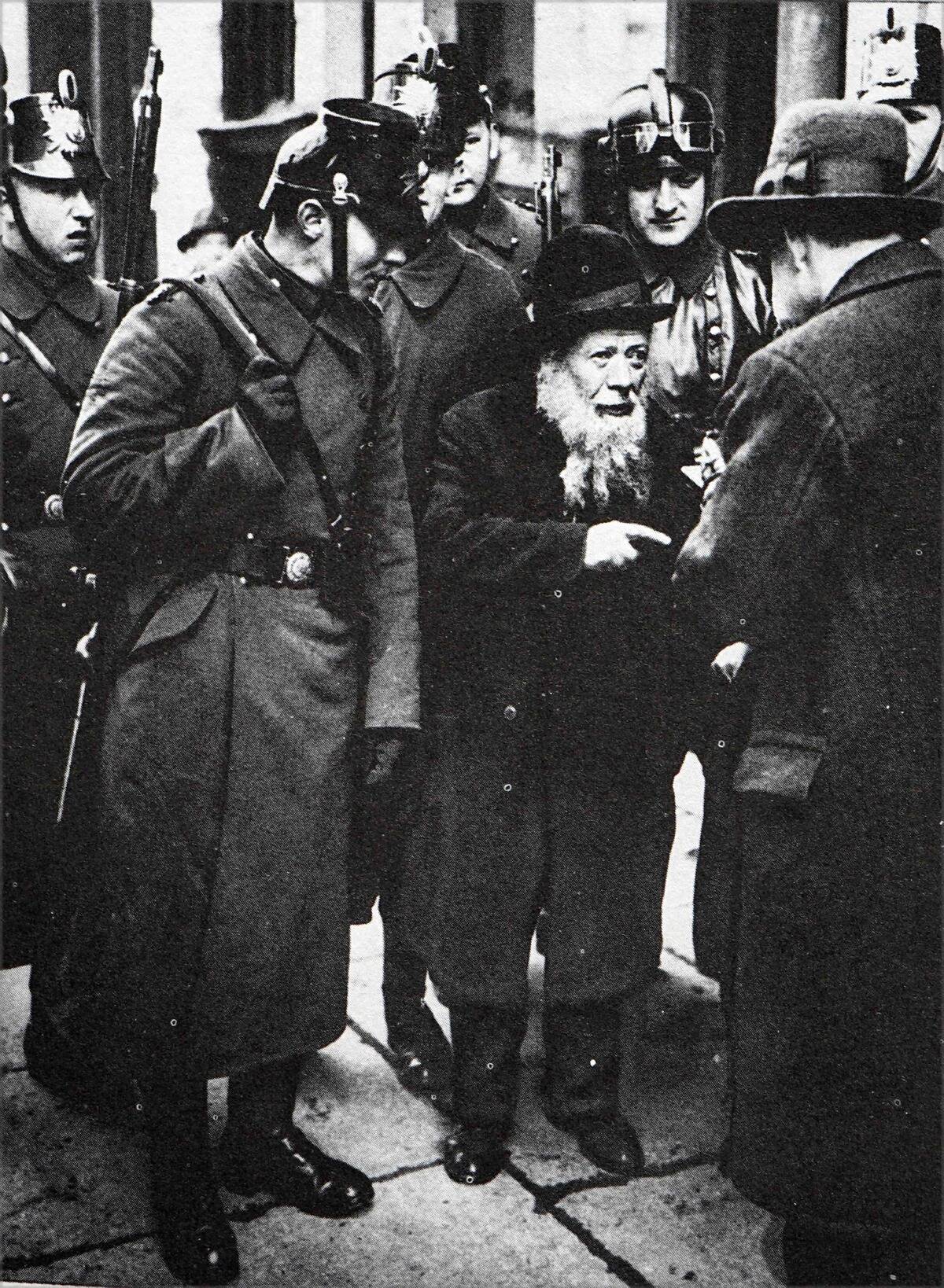
This man resided in what was called the “Foreign Jews” quarter of Berlin, which was the population that was subject to the most scrutiny even among the already anti-Semitic Third Reich authorities.
Indeed, he’s being subject to intense questioning and police harassment here in the likely hopes that the authorities will find a pretext they can use to send him to a concentration camp.
The National Socialists Didn’t Just Put Signs Up

While German agitators certainly left propaganda signs on businesses they accused of being Jewish-owned, they also held demonstrations like the one these singing men were depicted participating in.
In addition to decrying specific businesses like Woolworth’s, they also left signs along the streets of major cities saying “avoid Jewish doctors and lawyers.”
Not Everyone Was In Lockstep
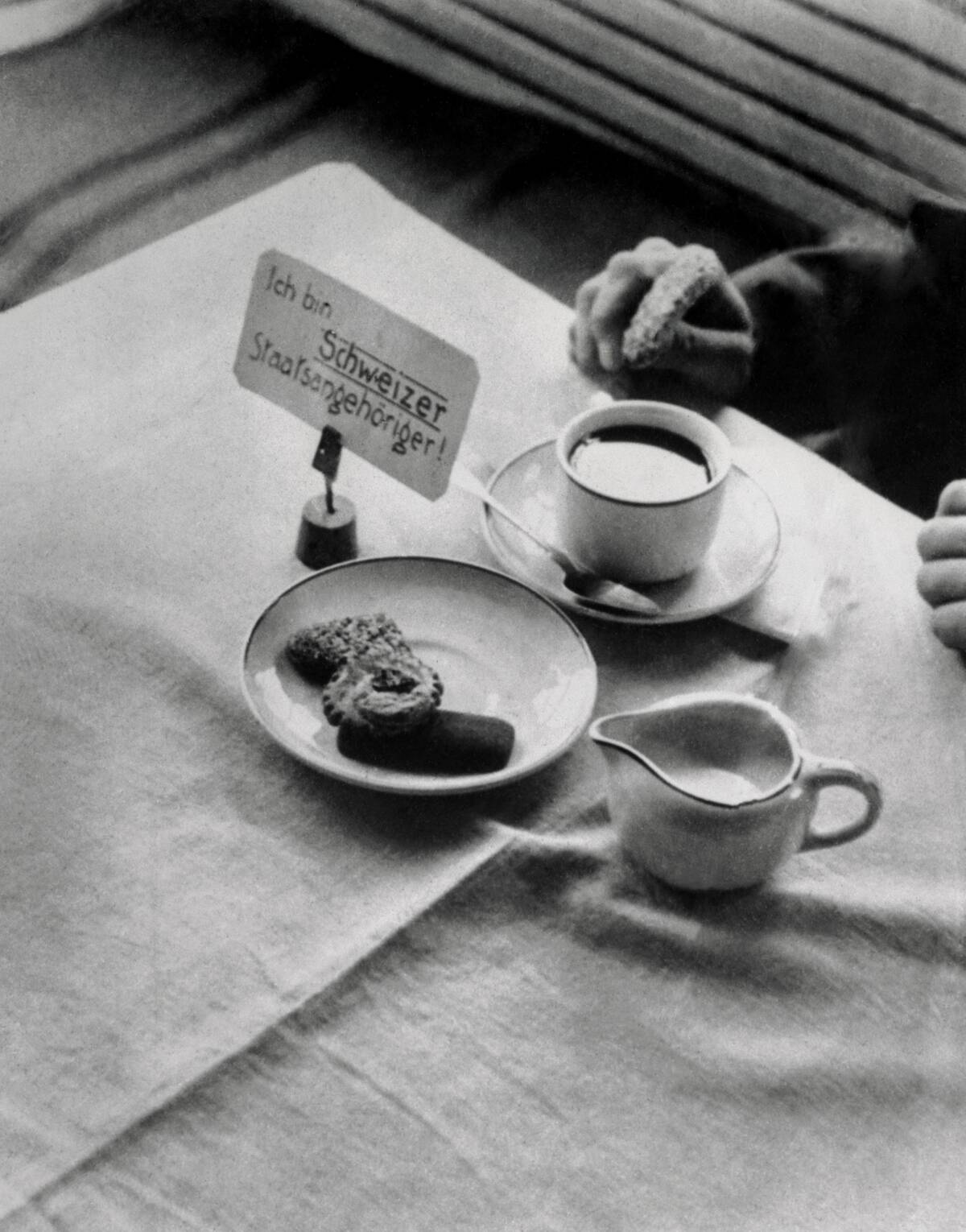
Although the common perception of Germany during the 1930s and early 1940s characterizes its population as universally supportive of their government’s anti-Semitism, photos like this show the situation as more complicated than that.
While it was true that criticizing the government’s relevant policies grew riskier and riskier as the Third Reich consolidated power, there were still pockets of quiet resistance in parts of southern Germany. For instance, restaurant owners would set up placards like this: “I am Swiss” one aimed to prevent foreign travellers from being harassed by National Socialists, whether they were Jewish or not.
The Raids Begin
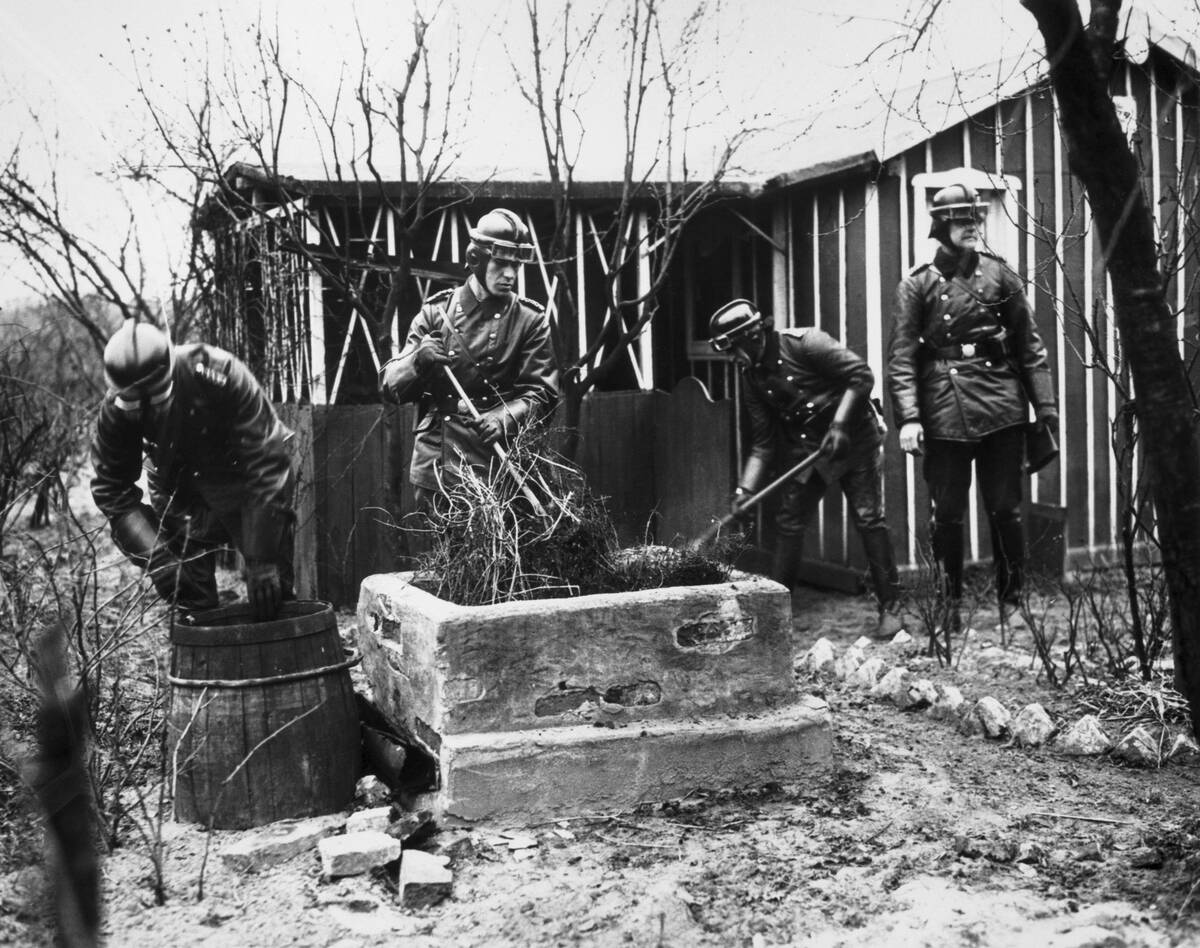
Although the concentration camps would grow larger and greater in number as World War II loomed, it was clear even in 1933 that German authorities were looking for any excuse they could find to put Jewish residents in them.
For instance, this photo depicts one example of a series of police raids on Jewish homes in Berlin, apparently in the search for weapons and unspecified documents.
Forced Labor On A Smaller, Random Scale
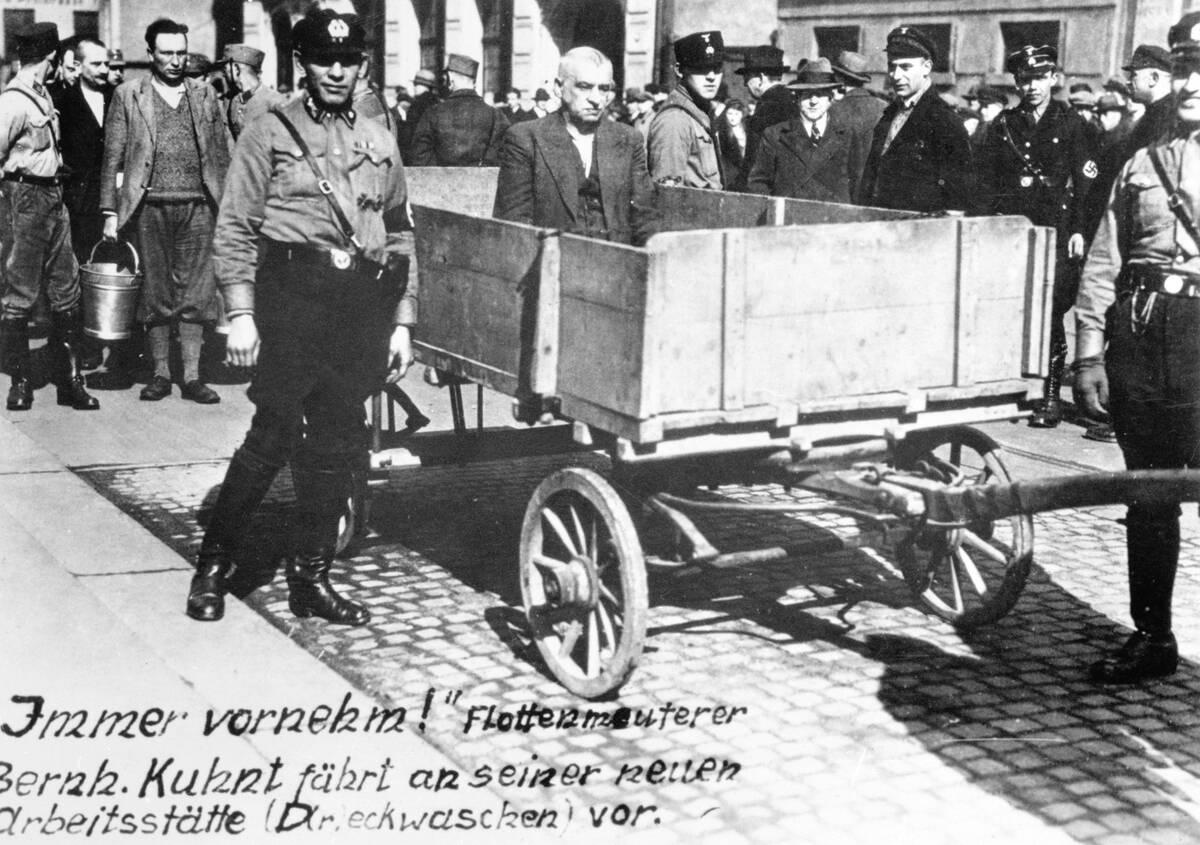
Although Germany’s concentration camps — which would rapidly expand in number once the nation invaded Poland — ran on forced labor from the very beginning, they weren’t the only case where National Socialists rounded up Jewish residents for this purpose.
Some acts like this were more spontaneous, as Jewish residents of Chemnitz learned when they were forced to clean the town’s streets and whitewash its walls. This man — identified as Bernard K. — refused, which prompted his oppressors to parade him through town in a garbage wagon.
Guilt By Association

As the ’30s wore on in Germany, the violent acts against Germany’s Jewish population were escalating. More homes were being raided, more businesses were being vandalized, and more citizens were being harassed by police, the SS, and the similar SA.
However, a new tactic started to take hold by July of that year. In addition to shaming Jewish residents for existing, National Socialists also detained friends like the woman pictured at left and shamed them for associating with Jewish citizens.
Forced To Wear Yellow Stars

This man in 1935 was displaying a well-known tactic German authorities used to expose Jewish residents to constant persecution, which involved forcing them to wear a yellow Star of David on their overcoats.
This meant that regardless of their previous social status before the National Socialists took power, they would be treated as though they were enslaved and made easy targets for harassment.
The Organized Chaos Of Kristallnacht
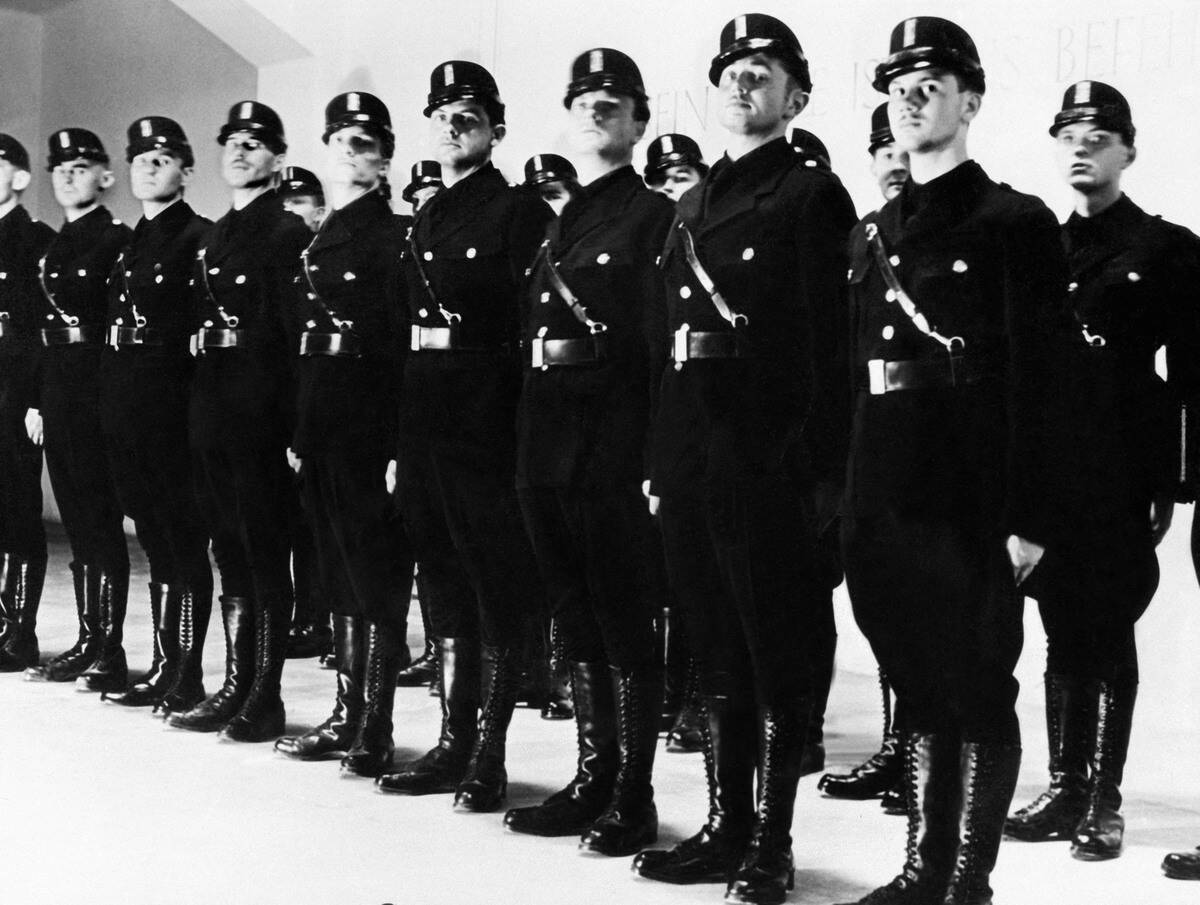
Known in English as “the night of the broken glass,” Kristallnacht was a coordinated series of riots throughout Germany that saw Jewish businesses and places of worship severely damaged and destroyed en masse.
Although it’s true that German civilians took part in these riots, they were led in doing so by the SA, who these men were all affiliated with.
The Most Extreme Damage Yet
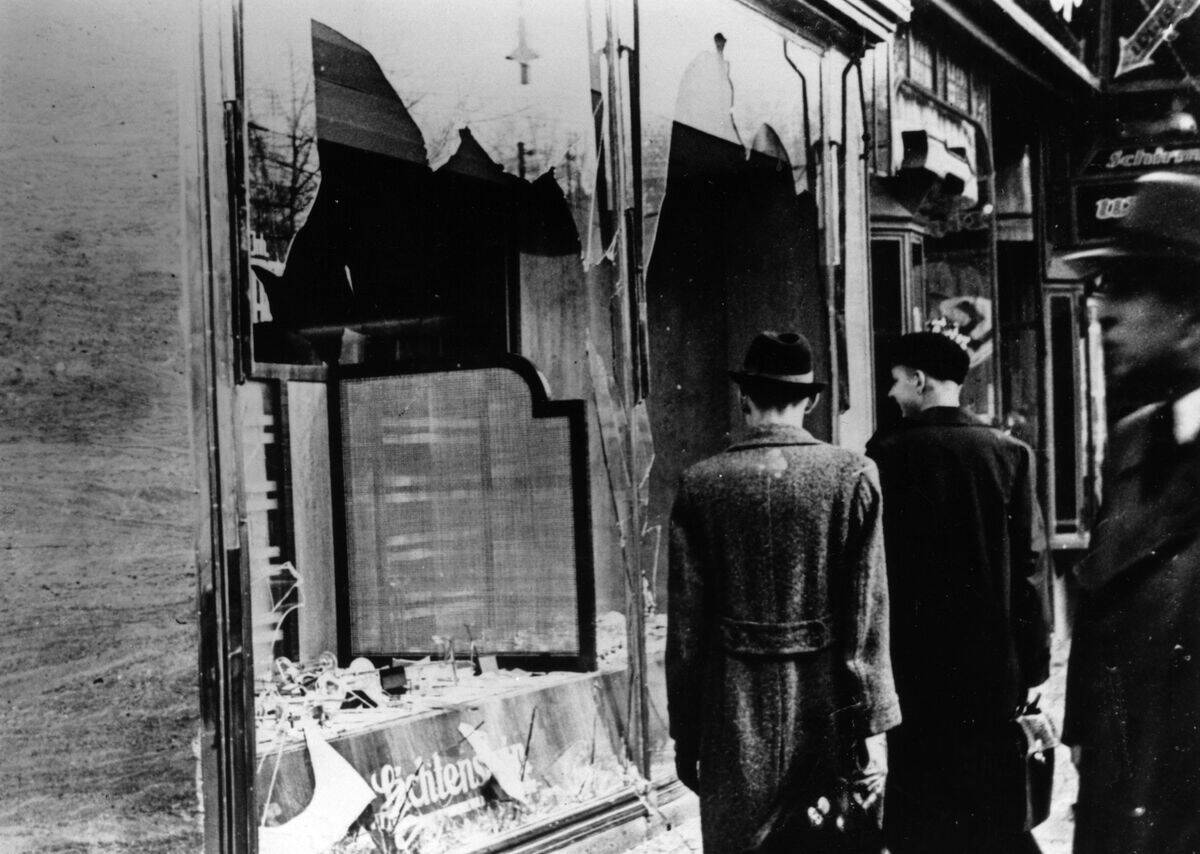
Although we’ve certainly seen that the National Socialists and their supporters were inclined to vandalize Jewish businesses as early as 1930, that hadn’t happened on anywhere near as grand a scale as it did on the night that straddled November 9 and November 10, 1938.
Here, we can see three citizens observing the destruction visited on one Jewish-owned shop in the wake of that night’s chaos.
Publics Burnings Were A Feature Of Kristallnacht
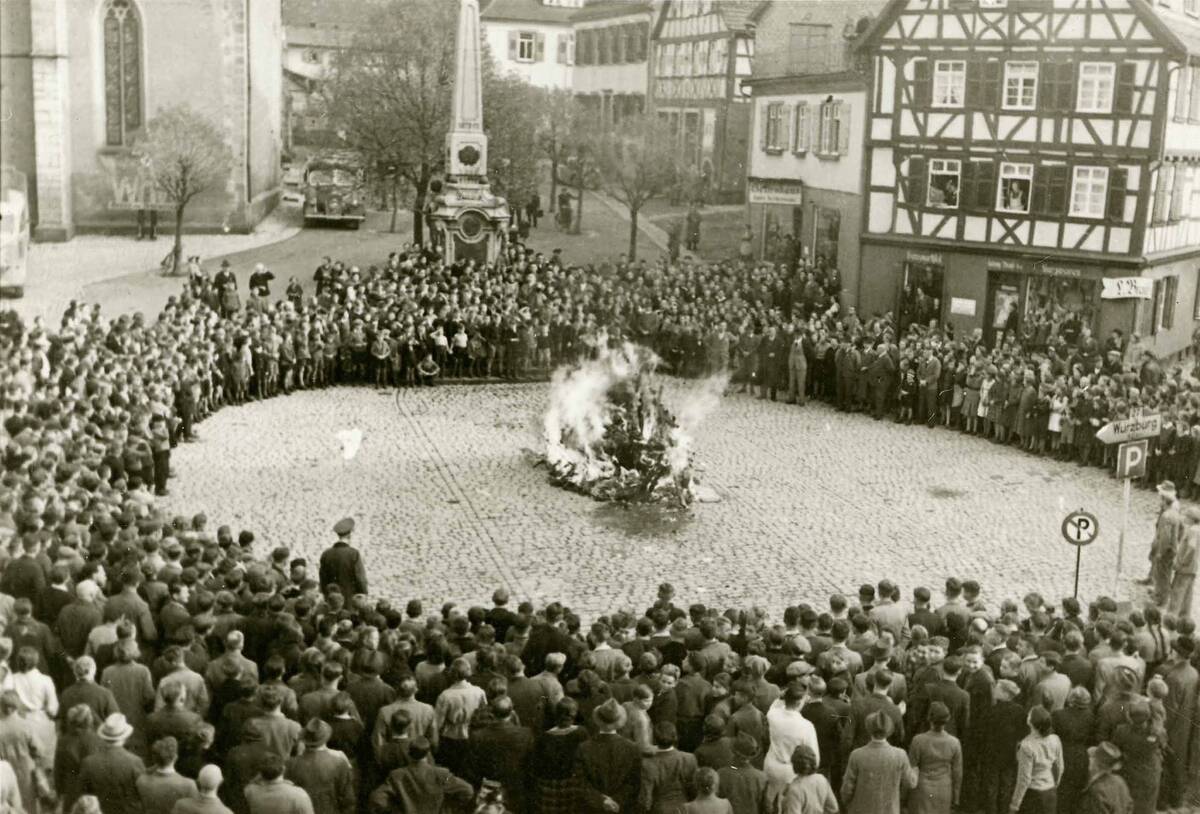
One of the more infamous public acts the National Socialists perpetuated concerned the burning of books and other literal that German authorities either considered Jewish in nature, deviant, or simply insufficiently German.
However, this photo from Kristallnacht shows that it wasn’t just literature that received this kind of treatment. Here, we can see ritual items and the furniture of the synagogue of Mosbach being burned in a pile on November 10, 1938.


